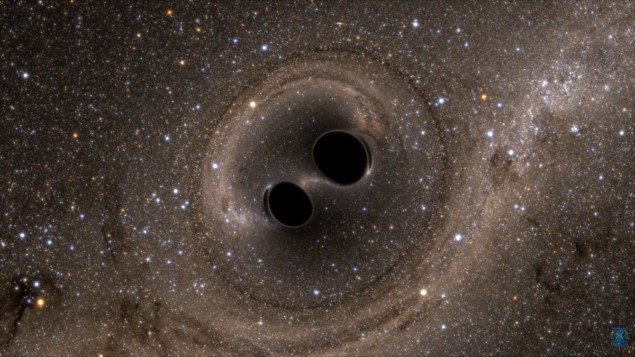Quantum calorimeter is as precise as nature allows
30 Jan 2020
How do you define the position of something that won’t stay still? This is the problem physicists face when they try to measure a system’s properties with such precision that quantum effects contribute a significant source of uncertainty. Whatever the variable, and however refined the instrument, there comes a point at which the signal is lost in the noise.
A quantum calorimeter developed by researchers at Finland’s Aalto University School of Science and Lund University, Sweden, defines this limit for an ideal thermometer by measuring fluctuations in the electron temperature of a copper nanowire. The team found that the intrinsic thermal noise in the wire is small enough for them to detect a single microwave photon. As well as enabling new experiments in quantum thermodynamics, the device could be used to make noninvasive measurements of quantum systems such as qubits in superconducting quantum computers.


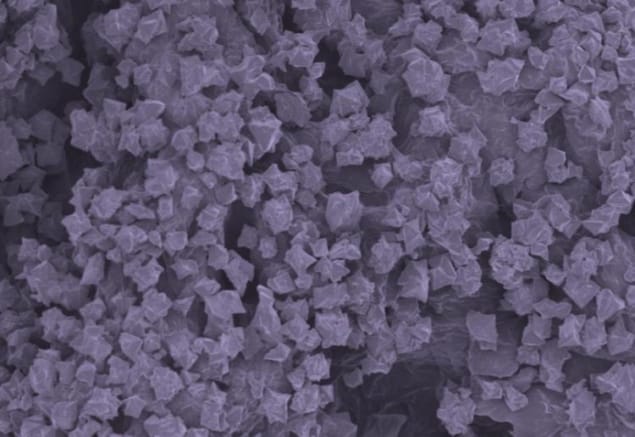
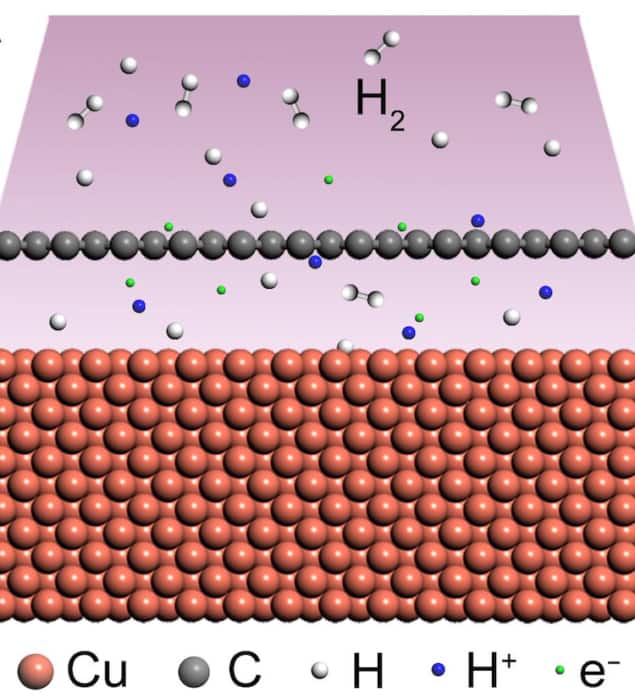
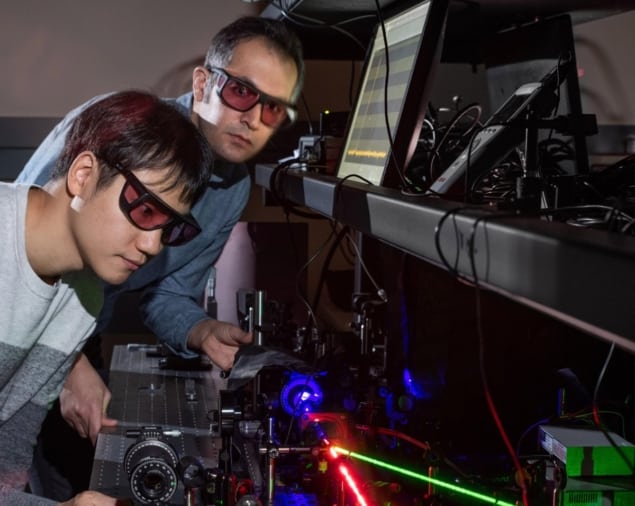

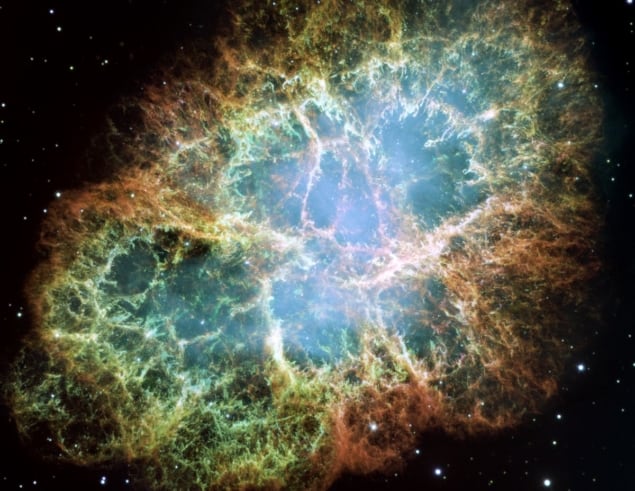
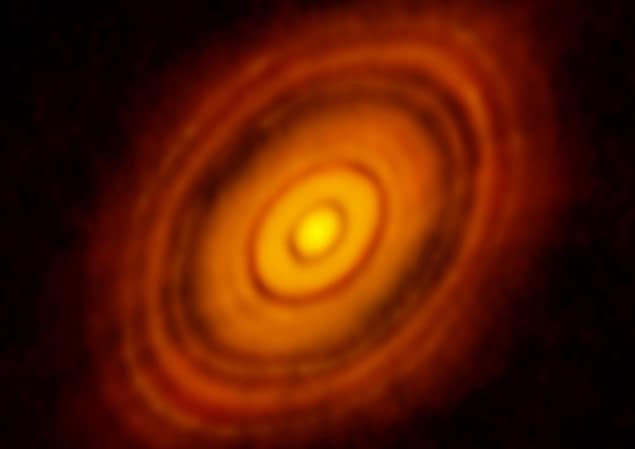
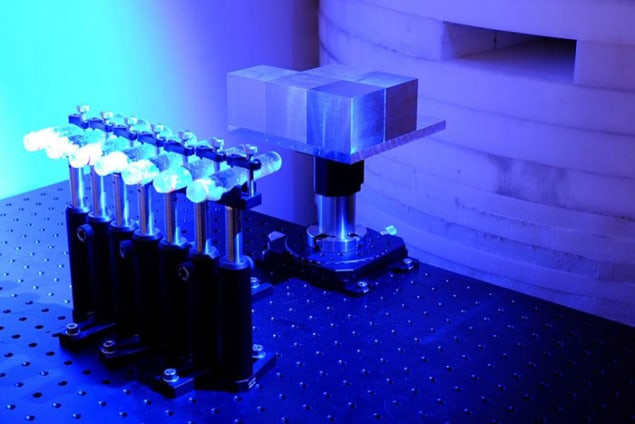
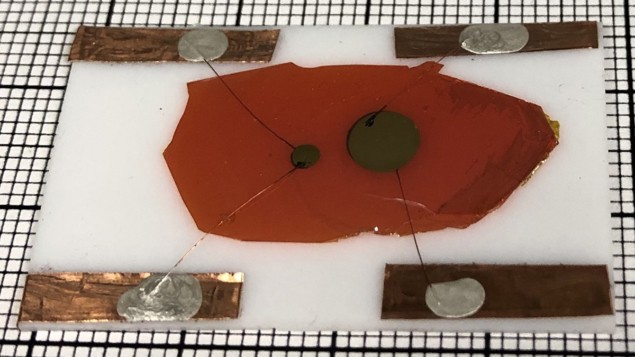 Compact and efficient: prototype of a working, pocket-sized neutron detector made with semiconductor rich in lithium-6. (Courtesy: Northwestern University/Argonne National Laboratory)
Compact and efficient: prototype of a working, pocket-sized neutron detector made with semiconductor rich in lithium-6. (Courtesy: Northwestern University/Argonne National Laboratory)